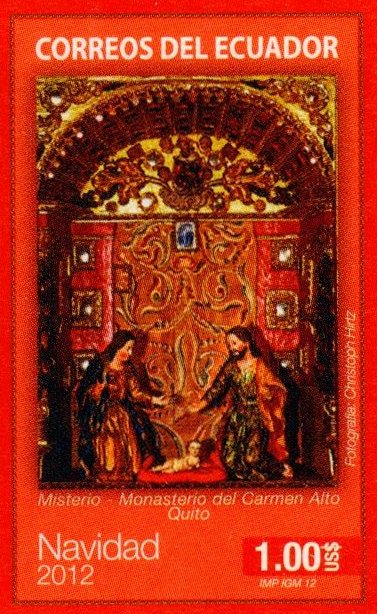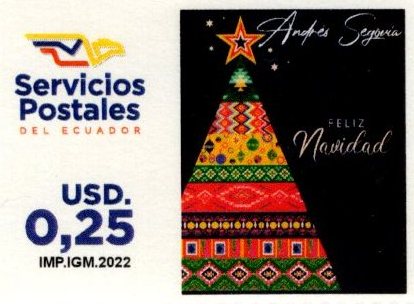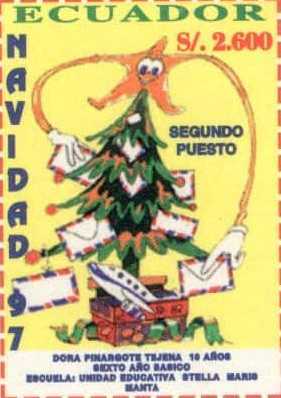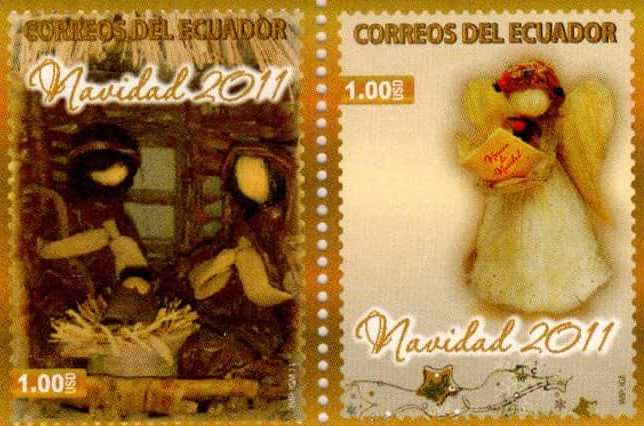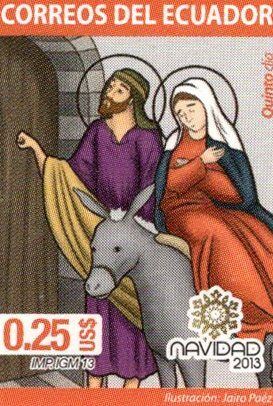An annual celebration commemorating the birth of Jesus Christ
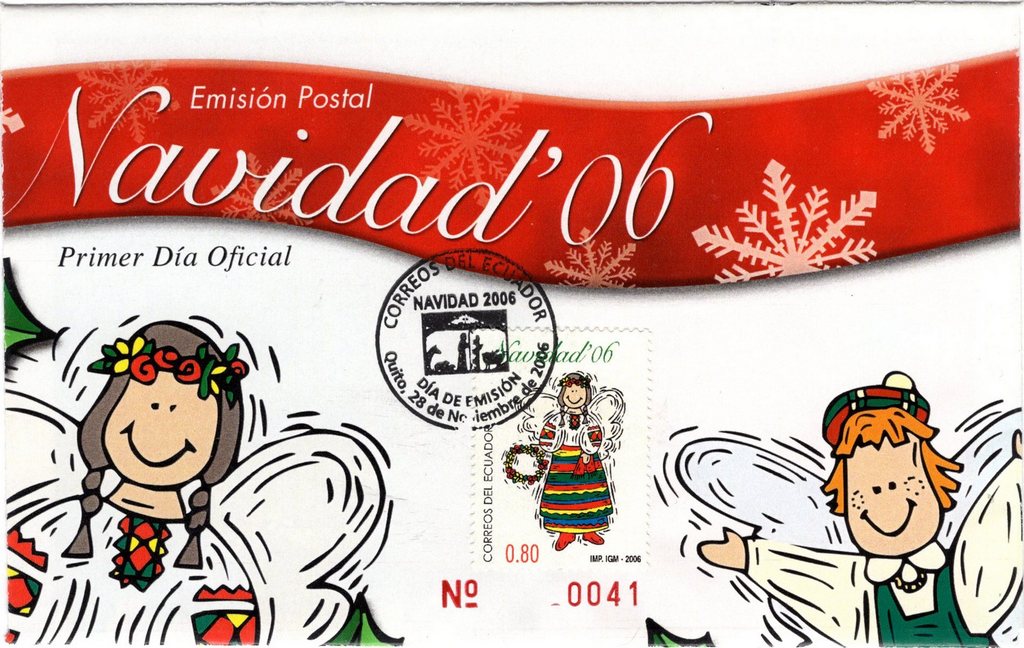
Christmas: An annual celebration commemorating the birth of Jesus Christ.
After Easter, it is the most important Christian ecclesiastical celebration of the year. Since the Gospels do not mention dates, it is not certain that Jesus was born on that day. In fact, Christmas Day was not officially recognized until the year 345, when, under the influence of St. John Chrysostom and St. Gregory of Nazianzus, December 25 was proclaimed as the date of Jesus’s birth. This followed the early church’s policy of absorbing rather than suppressing existing pagan rites, which had celebrated the winter solstice and the arrival of spring from ancient times.
The pagan festival most closely associated with the new Christmas was the Roman Saturnalia, from December 17 to 23, in honor of Saturn, the god of agriculture, celebrated with seven days of lively entertainment and feasting. At the same time, a similar winter festival known as Yule was celebrated in northern Europe, where large logs adorned with branches and ribbons were burned in honor of the gods to make the sunshine brighter.
Once these elements were incorporated, the Church later added the nativity scene and carols to its customs during the Middle Ages. At this time, feasts were the highlight of the celebrations. All of this abruptly ended in Britain in 1552 when the Puritans banned Christmas. Although Christmas returned to England in 1660 with Charles II, the rituals disappeared until the Victorian era.
Christmas, as we know it today, is a creation of the 19th century. The Christmas tree, originating from German regions, spread to other areas of Europe and America. Christmas carols were revived, and many new ones were composed (the custom of singing carols, although of ancient origins, is primarily from the 19th century).
Christmas cards did not come into use until the 1870s, though the first was printed in London in 1846. The familiar image of Santa Claus, with his sleigh, reindeer, and bags of toys, is an American invention from these years, although the legend of Santa Claus is old and complex, partly derived from St. Nicholas and a jovial medieval figure, the spirit of Christmas. In Russia, he traditionally carries a pink piglet under his arm.
Today, Christmas is a more secular than religious holiday. It is a time of great commercial activity and exchange of gifts, family gatherings, and meals. In the West, Midnight Mass is celebrated in churches and cathedrals. In Latin American countries with a deep-rooted Catholic tradition, Christmas Eve (December 24) is especially celebrated with a family dinner featuring a variety of traditional dishes, desserts, and drinks. It is also customary to attend Midnight Mass and celebrate with fireworks and firecrackers.
In Mexico, Christmas Eve marks the culmination of a nine-day celebration called “Las Posadas.” These begin on December 16 and commemorate Mary and Joseph’s journey in search of lodging before Jesus’s birth. The number nine also refers to the nine months of Mary’s pregnancy. An essential part of the celebration is asking for lodging through songs in which some attendees ask to be received while others respond.

